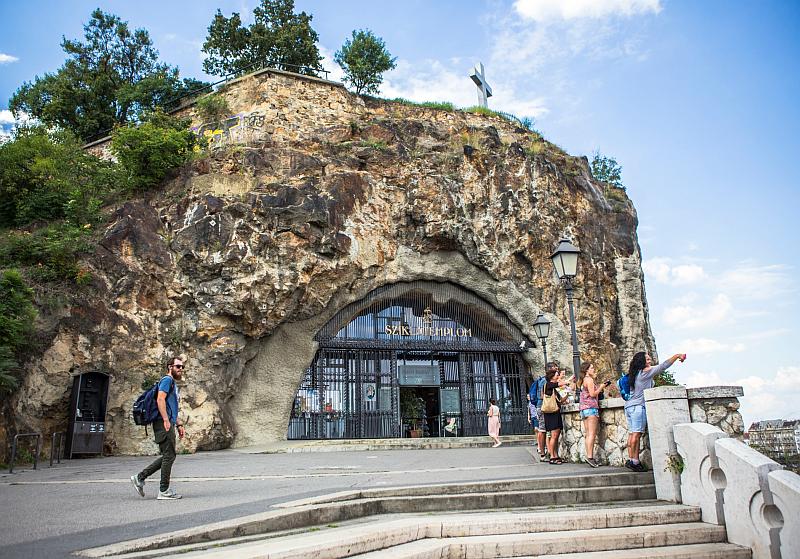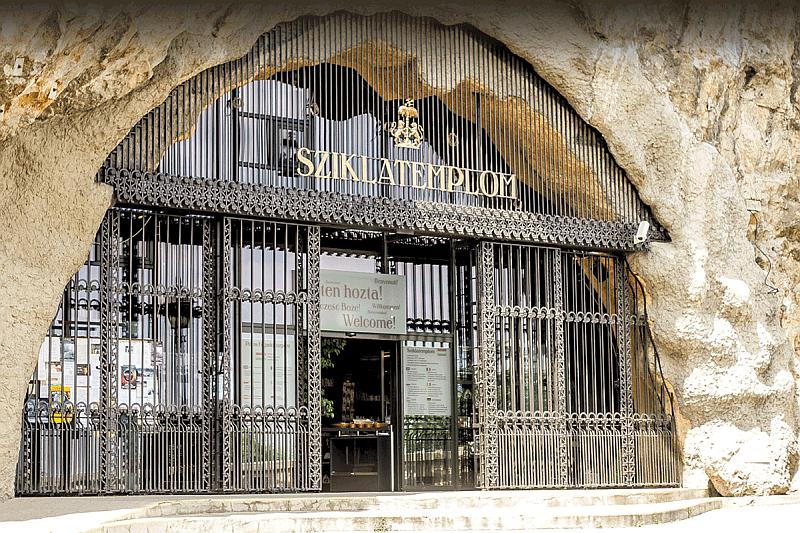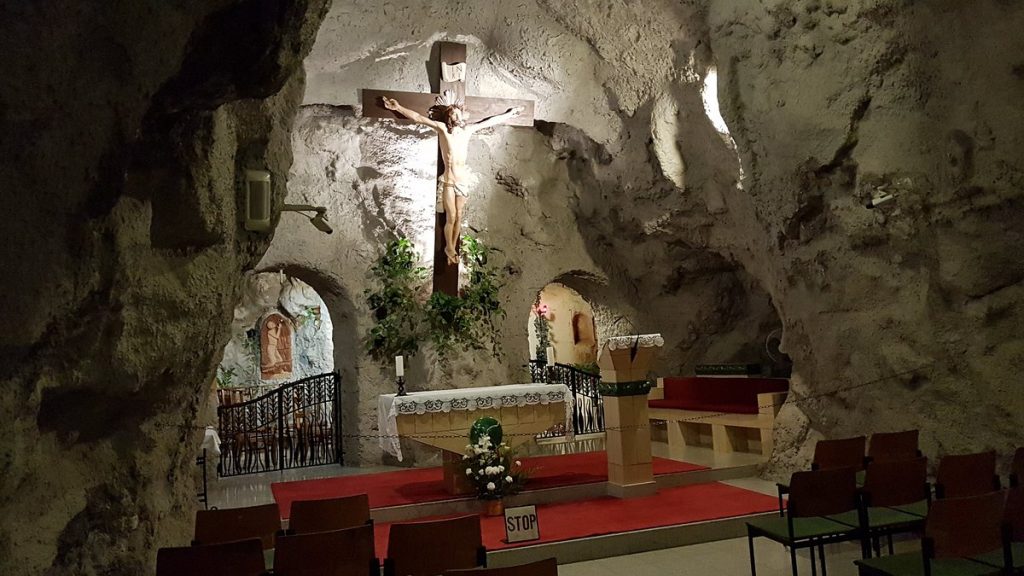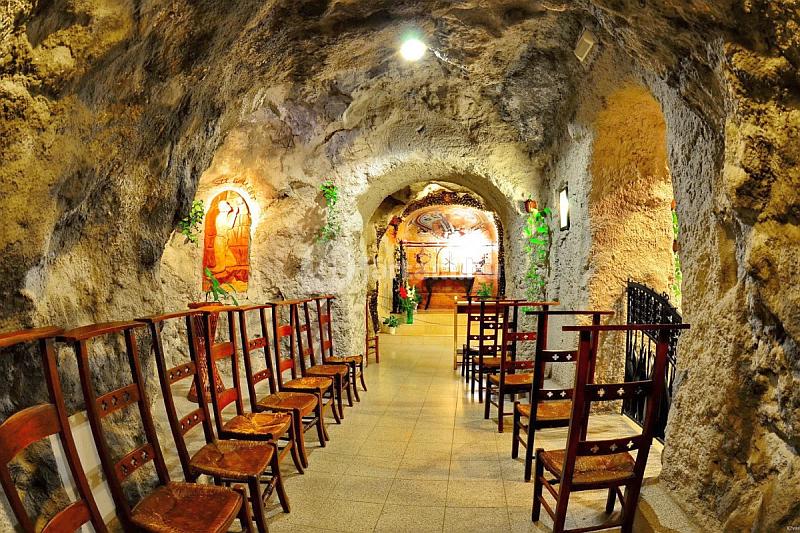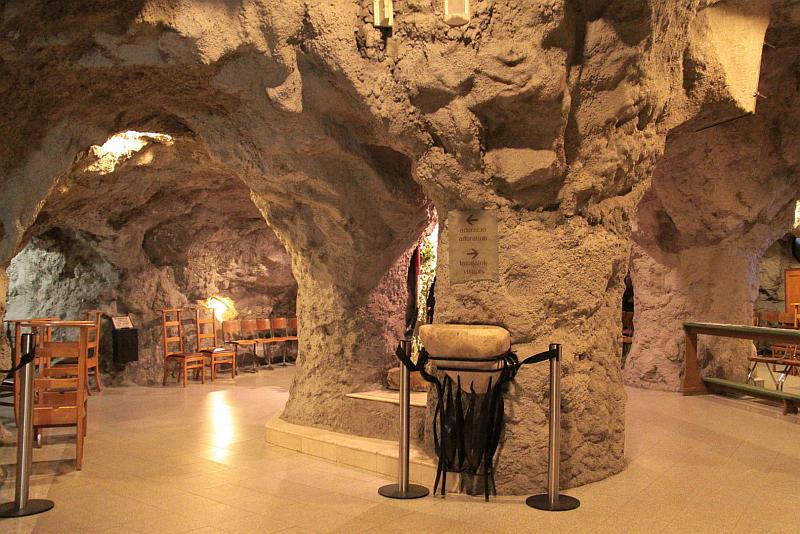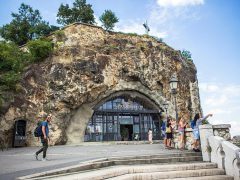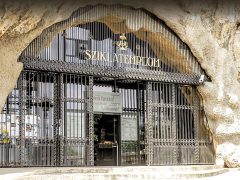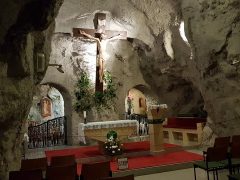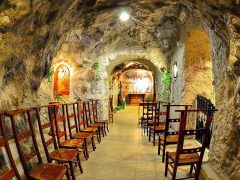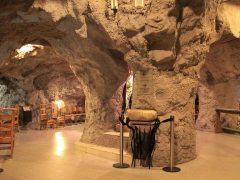Gellért Hill Rock Church: A Harmony of Nature and Faith in Budapest
The Gellért Hill Rock Church, nestled within the natural contours of Gellért Hill in Budapest, is not just a religious structure; it’s an extraordinary amalgamation of nature’s grandeur and human ingenuity. As an expert in Budapest’s historical and cultural landmarks, I invite you to discover this unique church, a testament to faith, resilience, and artistic spirit.
A Marvel of Natural and Man-Made Elements
The Rock Church is a stunning example of architectural harmony, where the naturally occurring St. Ivan’s Cave blends seamlessly with an adjoining man-made cavern. This organic and constructed blend gives the church an unparalleled aesthetic and spiritual aura.
Inspired by a Vision from Lourdes
The spiritual sanctuaries of Lourdes, France, inspired the vision for the Rock Church. Hungarian pilgrims, moved by the rock-hewn chapels in Lourdes, sought to replicate such a haven in their homeland, leading to the church’s inception by Kálmán Lux.
A Church Carved Through Turbulence
The Rock Church has weathered the storms of Hungarian history, especially during the 1950s when religious persecution led to the closure and desecration of the church. Removing a massive concrete wall that once blocked its entrance in 1992 marked the church’s rebirth and the resurgence of religious freedom.
Artifacts of Faith and Artistry
Visitors can find sacred relics and artistic treasures within the church, including the revered shinbone of St. Paul the Apostle and an altar crafted by the renowned Zsolnay factory. These elements contribute to the church’s spiritual and cultural significance.
A Symbol of Resilience and Renewal
Today, the Gellért Hill Rock Church is a living monument to resilience, faith, and history. Visitors are enveloped by its serene atmosphere, which resonates with centuries of devotion and the unyielding spirit of the Hungarian people.
Did you know about the Gellért Hill Rock Church?
The Gellért Hill Rock Church, also known as the Cave Church, in Budapest, Hungary, is a unique and historically significant religious site. Here are some key facts about this church:
- Unique Location and Structure: The Rock Church is literally carved into the Gellért Hill, a prominent hill overlooking the Danube in Budapest. The natural cave system, formed by thermal springs, was transformed into a church, making it an unusual and striking place of worship.
- Historical Background: The church was founded by a group of Pauline monks in the 1920s. Its history is closely tied to the legend of Saint Ivan (Szent Iván), a hermit who lived in the caves and is said to have used the thermal waters to heal the sick.
- Influence of Lourdes: The design and function of the Rock Church were inspired by the famous grotto at Lourdes, France. This inspiration is evident in its rock-hewn architecture and spiritual ambiance.
- Closure and Reopening: The church was closed in 1951 when the Communist regime arrested the monks. It remained closed for almost four decades before reopening after the fall of Communism in 1989.
- Icon of the Virgin Mary: One of the church’s notable features is the replica of the Black Madonna of Czestochowa, emphasizing its connection to the Catholic faith and its devotion to Mary.
- Tourist Attraction: Today, the Rock Church is an active place of worship and a popular tourist attraction. Visitors are drawn to its unique location, historical significance, and serene environment.
- Access and Views: Located on Gellért Hill, the church is accessible by a set of stairs leading up the hill. The area around the church offers panoramic views of Budapest, including the Danube River and the Pest side of the city.
- Cultural and Religious Significance: The Gellért Hill Rock Church symbolizes religious perseverance and cultural history in Budapest. It represents a blend of natural wonder and human architectural achievement.
The Rock Church is a testament to faith, history, and creativity, offering a unique spiritual and historical experience in the heart of Budapest.
Conclusion
The Gellért Hill Rock Church is more than a destination; it’s a journey into the heart of Hungarian spirituality and history. It offers a unique experience where nature and human creativity converge, creating a space that is as tranquil as it is inspiring. Whether you are drawn to its religious significance, intrigued by its historical resilience, or captivated by its natural beauty, the Rock Church provides a profound and unforgettable experience in the heart of Budapest. As you step into this sanctuary, you’re not just entering a church; you’re stepping into a story of faith and endurance etched into the very rock of Gellért Hill.
